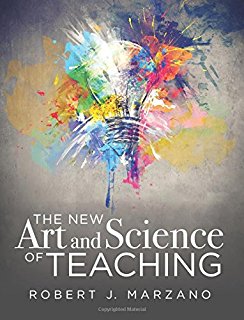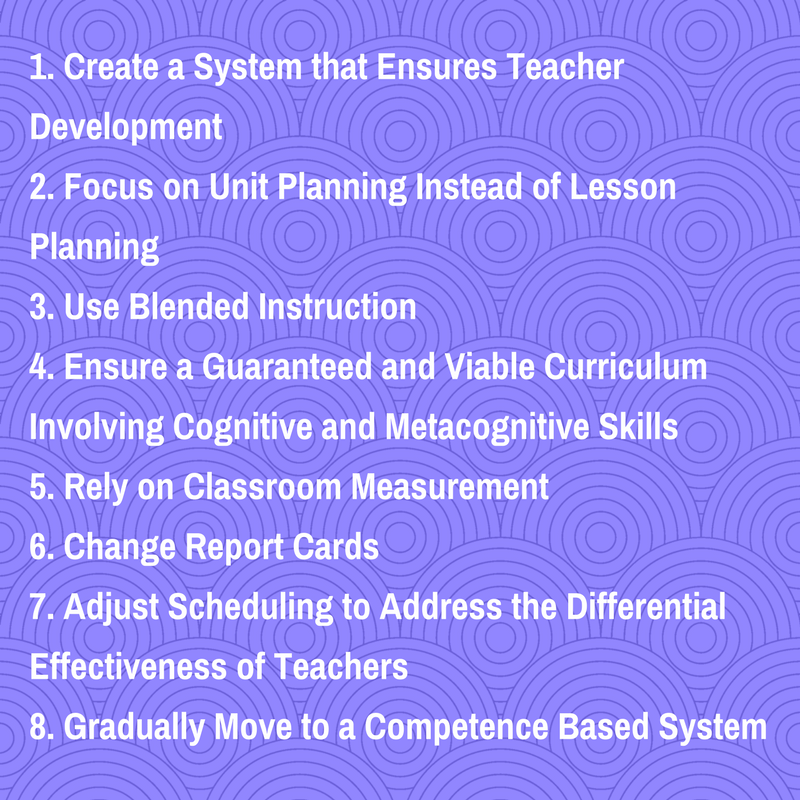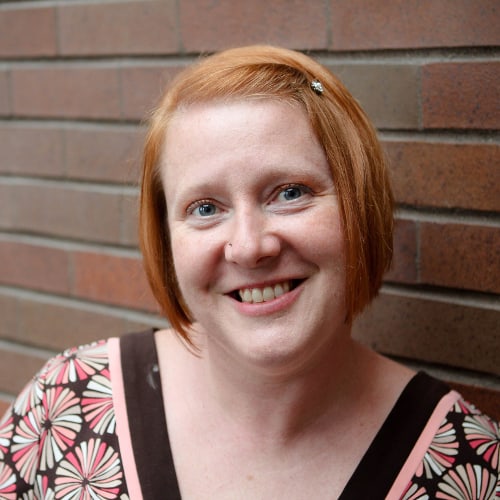Summary of the New Art and Science of Teaching
Smart Review | The New Art and Science of Teaching
- Leadership
- Smart Teachers


The book identifies over 330 specific strategies that converge the artistry of teaching with scientific research spanning decades. The familiar Marzano vocalization is e'er-present in this new edition, only there is an underlying phone call to action that operates on a larger scale, and I can't assist but note the word choice of "manifesto" as quite appropriate.
Every bit a long time Marzano devotee, I was pleasantly surprised that the book retained the magic of the original while likewise approaching learning from a new perspective. The three overarching categories in The New Art of Science and Teaching are a shift from the outset edition in that the original was what the instructor must do, while this new edition draws from what must happen in students' minds in order to be successful learners. This shift reflects the changing attitudes in education and the influence of growth mindset.
The highlight for me, as a reader very familiar with the original, is the "Implications for Modify" section at the end of each chapter. Marzano does non mince words, and just as a manifesto implies, he lays out exactly what needs to exist done in order to craft a paradigm that works for education.
For example, in "Conducting Practicing and Deepening Lessons" he calls upon teachers to provide opportunities for students to learn new sets of skills, not but academic content. He explains, "I believe the the college-and-career-readiness skills embedded in this design surface area stand for a new curriculum that teachers must comprehend in concert with bookish content."
Marzano is non alone in the world of didactics with this suggestion, but he is perhaps the clearest in the "how" to make this happen, which he lays out in Chapter 11, "Making Arrangement Changes."
In this chapter, his recommendations will cause many teachers to want to stand upwardly and cheer. Of his 8 recommendations, the 1 that most hit home for me was "Rely on Classroom Measurements," as it asks the states to "rely on teacher-designed assessments, thus altering the about consummate reliance on tests administered outside the confines of regular instruction." Every bit whatever teacher who's experienced the roller coaster of high stakes assessments knows, there are better ways to run into what a child has learned. Ultimately, Marzano recommends a measurement process (which he explains in depth in chapter ii) because it allows teachers access to the "rich data that are bachelor from classroom assessments."

The difficult role of reading Marzano's amazing recommendations is knowing that information technology takes an unabridged organisation to make them happen. For example, many of us know the perils of the locked in schedule and struggle with accurately conveying student growth on report cards, yet classroom teachers don't usually have the potency to make these changes. This leads me to an of import recommendation regarding this book: get information technology into the hands of administrators and policy makers.
Marzano'south all-encompassing inquiry and career-long dedication to all-time practices lend gravitas to the problems that instructor's vocalization. As well often, teachers accept ideas that are untested, and we don't have the data to back up the decisions; however, chapter eleven is just the manifesto we've been looking for to explicate the "how" to reform didactics.
For those not familiar with Marzano, or those new to didactics, this is the perfect primer of fourth dimension-tested, teacher-approved, research-based strategies and the data to support them. Information technology is dense, to be sure, just it is uncommonly readable and user-friendly with a nicely defined structure, great alphabetize and likable tone. Marzano ends the book as strongly as he began, reiterating that these pages concord the power to "transform the nature of K-12 schooling." This reader thoroughly agrees.

Amber Chandler
Amber Chandler is a middle school instructor at Borderland Middle School in Hamburg, NY.
Detect the latest in learning innovations
Sign up for our weekly newsletter.
Source: https://www.gettingsmart.com/2017/03/21/smart-review-the-new-art-and-science-of-teaching/
0 Response to "Summary of the New Art and Science of Teaching"
Enregistrer un commentaire